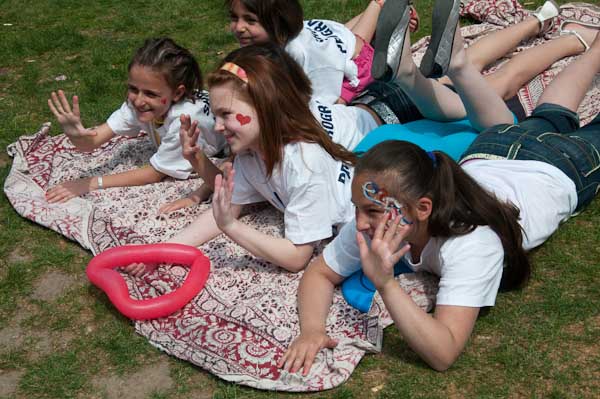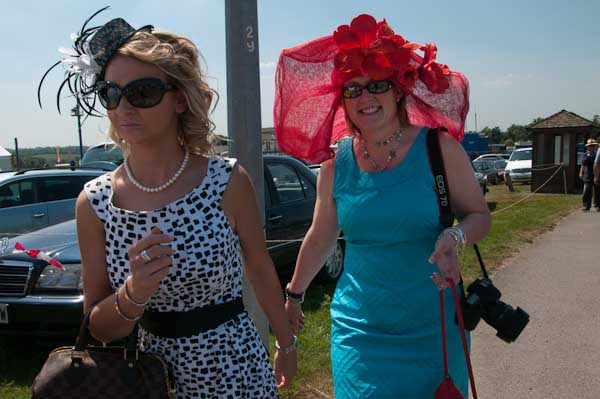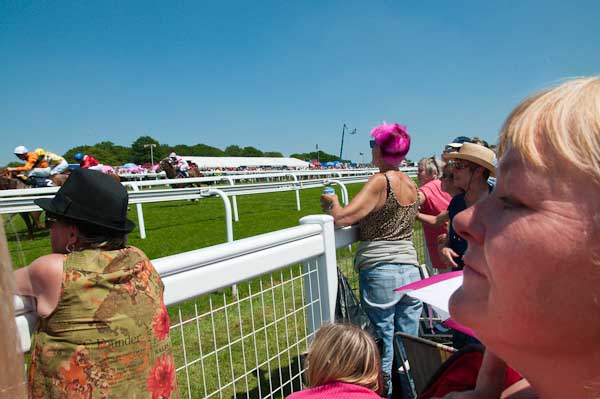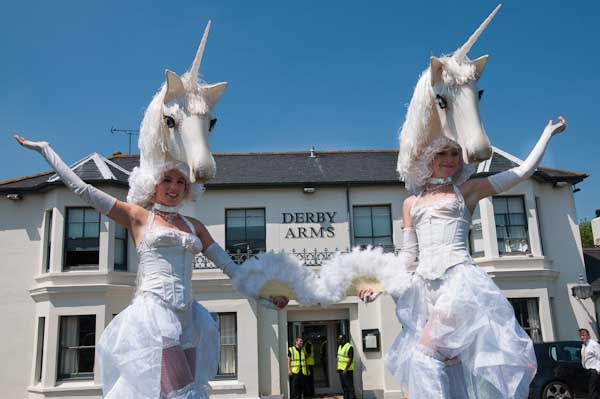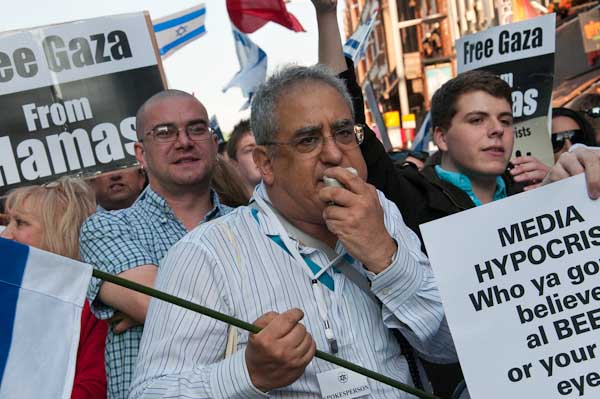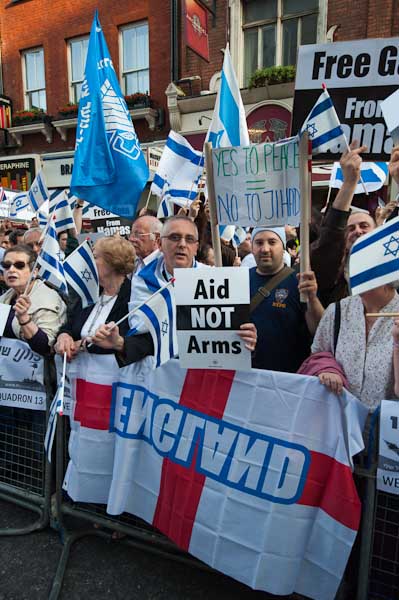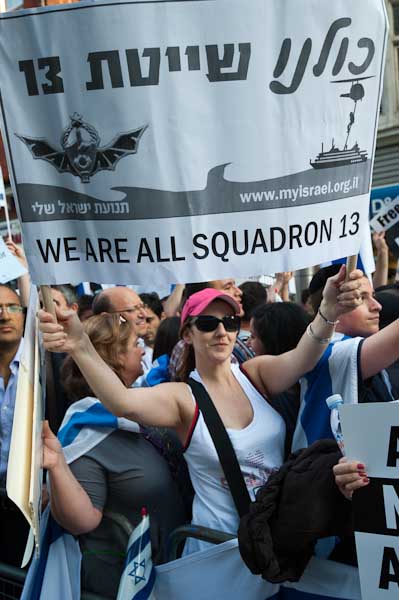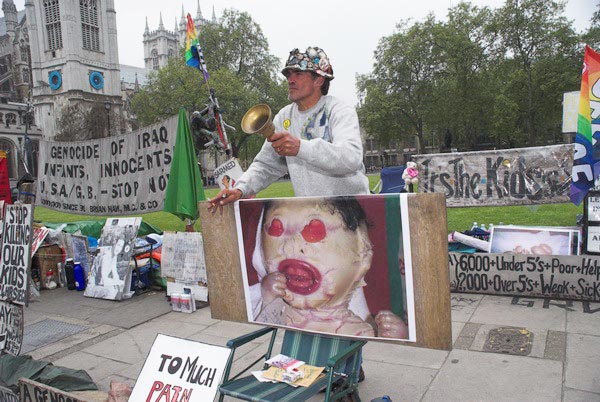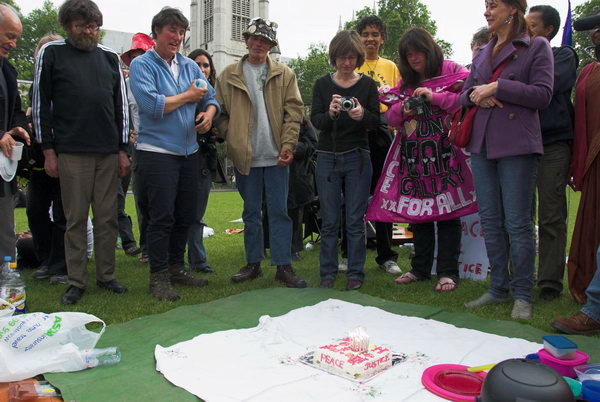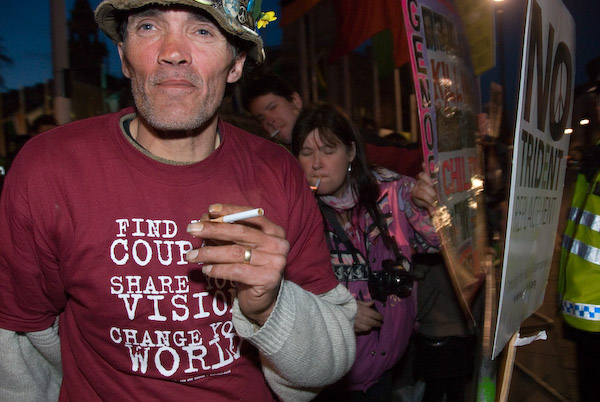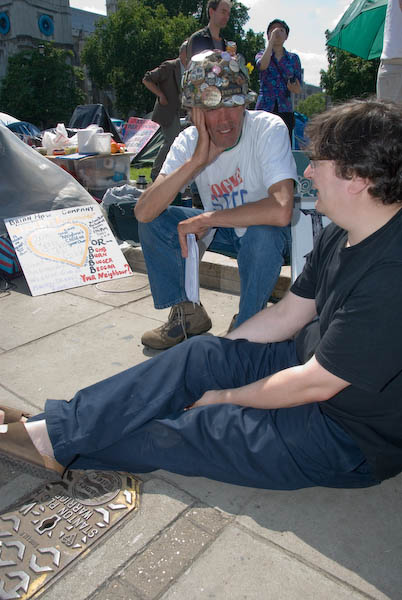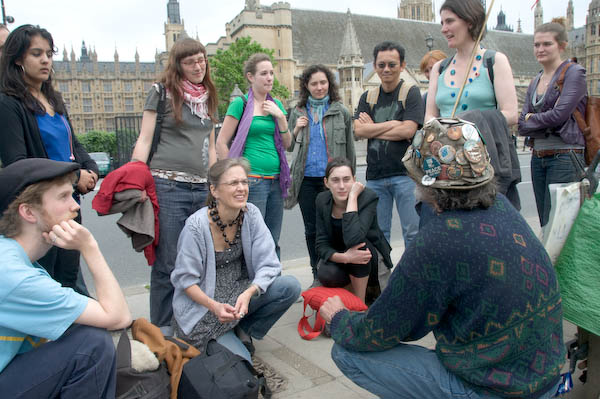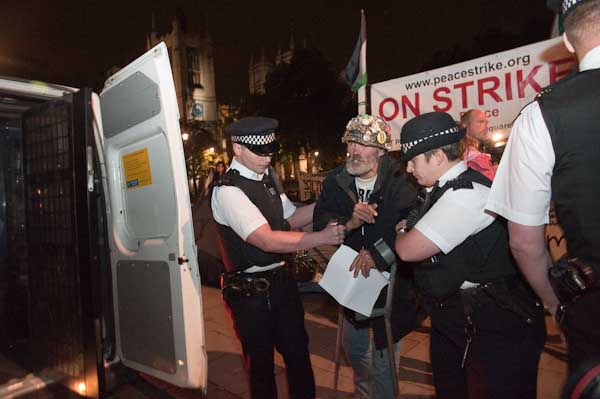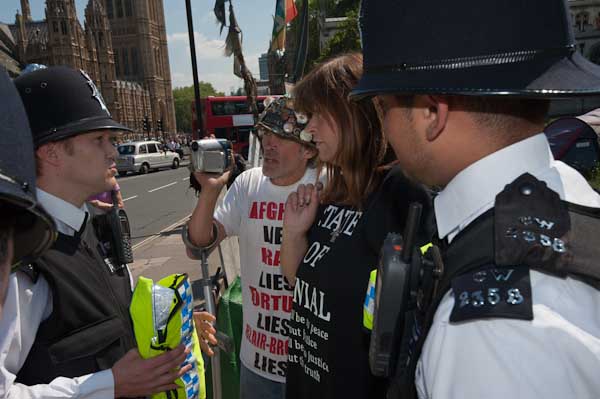I was disappointed in various ways at the Photographer’s Gallery opening of a show of Sally Mann‘s work yesterday evening, the last to take place in their current premises before they close for extensive rebuilding. But the show, The Family and the Land, which continues until 19 September 2010, is certainly worth at least a brief visit.
I was a greatly impressed by Mann’s At Twelve: Portraits of Young Women which brought her to the attention of the photographic world when published by Aperture in 1988, although the quality of the reproductions failed to do justice to her work. (It was her second monograph, following Second Sight: The Photographs of Sally Mann which had been published in 1983.) At the time my students included many young women just a few years older than her subjects and a number of them were inspired by her work in their own projects. But it also disturbed some, as you can read in a thoughtful review by portrait photographer Elsa Dorfmann who felt uneasy about what she calls Mann’s manipulative approach.
Although none of the pictures from At Twelve are included in the current show (the programme notes state that she “first came to prominence for Immediate Family” which was exhibited and published four years later) I think it is more than arguable that ‘At Twelve‘ has had a much greater direct influence on other photographers, with an avalanche of projects dealing with girls in this age group since then.
‘Immediate Family‘ also published by Aperture four years later in 1992, but this time with seriously good duotone reproduction, also had a powerful effect both on me and my students. One smallish area of the gallery has a dozen or so images from this project, although I would have liked to see many more. Of the sixty plates in the book, only a handful are inclued in the show (The Last Time Emmett Modeled Nude, 1987, The Perfect Tomato, 1990, Vinland, 1992, Candy Cigarette and Emmet, Jessie and Virgina, 1989.) There are over 30 images on the Houk Gallery site (the last of those listed is titled EML there, which includes one or two others on the gallery wall.
Immediate Family caused a stir that went well outside the world of photography, with accusations from the right that it was child pornography and promoting pedophilia. There is a long essay by Valerie Osbourn which makes some of the controversy clear and also has some good descriptions of some of the images concerned. Before leaving for the opening I heard a rumour being spread by one a well-known photography critic that this show would be raided by the police who would demand the removal of some of the works. Given the choice of images it was perhaps just an illustration of that particular man’s warped sense of humour. But it was something that occasionally worried me when I was using Immediate Family in my teaching, and a few of my students obviously were rather disturbed by her images.
Having photographed my own children and others in my family in the previous twenty years it was something that neither surprised or disturbed me – and I had indeed been shocked at the powerfully negative response to a few of my own pictures when I had shown them in public in the 1970s.
There are people who have a problem with showing children and family life as it really is rather than in some idealised way, although Mann’s work goes beyond just doing this, with some carefully constructed tableaux. As she writes in her introduction to the book, “Many of these pictures are intimate, some are fictions and some are fantastic, but most are of ordinary things every mother has seen.” And at least some fathers and uncles too.
Later, Mann turned to wet collodion, learning the process from two of the modern masters (now fairly numerous), though perhaps deliberately avoiding becoming too competent at it. It’s much ‘artier’ if you don’t quite get it right (or perhaps more accurately in her case in every sense get it spectacularly wrong.) One or two of her pictures in the series Faces, giant close-ups of the faces of her now rather older children from 2004, have a real touch of the Julia Margaret Camerons, though others to me lacked any presence.
Applying this technique to the kind of American landscapes of the Civil War in rural Georgia and Virginia certainly had a powerful resonance, and the best of this work is impressive, and the accidents and degradation of the process powerfully evocative while on other prints it seems merely an irritating affection. Size too is an issue in her work (and of course the art market) and there are images in this show that I think would actually be more powerful at 8″x10 ” than at 40×48″ or whatever. (Her latest show, Proud Flesh, returns to a more sensible size.)
What Remains is in some ways a disturbing set of images, its subject matter the decomposing bodies at what seems like a rather ghoulish research project in Tennessee. There is a warning notice in the gallery that some may find the work disturbing, though I think I found it annoying. One of the photographers I met at the gallery would have liked to have seen these pictures made with high definition using modern film, camera and lenses. In a way I think she was right, and they would have been more effective, but I’m not sure I would have wanted to view them. I was reminded of many years ago when one of my students photographed in the local hospital mortuary, and I was very relieved to find that the low light conditions there meant that all her pictures were blurred by camera shake.
Immediate Family remains by far the most important series of Mann’s career, and it has never been shown in any depth in this country – and to this extent the current show (an edited version of a touring exhibition from the Museum of Modern Art, Sweden) was a disappointment. It was amazingly her first solo show in the UK, and tried to do too much but ended up doing too little. A second disappointment was that the photographer was delayed and not present at the opening. The third came at the bar. Fortunately there are some decent pubs within a short walk of the gallery, but it may account for what seemed a rather thin attendance for the opening of one of the rare shows of genuine photographic interest at the venue.
You can read an interview feature with Sally Mann by Blake Morrison on the Guardian site, and see more of her pictures, including images from Faces and Proud Flesh on the Gagosian Gallery site. She is also featured in the episode ‘Place‘ made in 2001 on the Art:21 site which also has clips and interviews about the wet collodion process and other aspects of her work.
